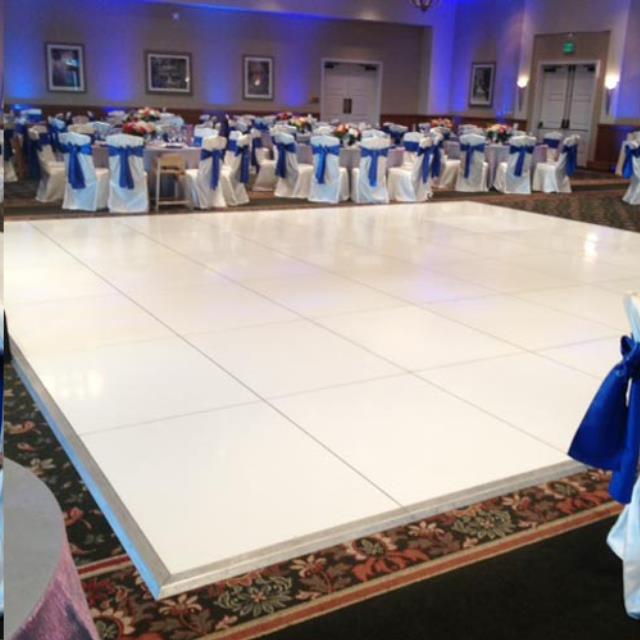Exploring the Versatile Materials That Convert Dance Surfaces into Breathtaking Visual Displays
Exploring the Versatile Materials That Convert Dance Surfaces into Breathtaking Visual Displays
Blog Article
Movement floors have developed considerably over the years, becoming more than just a space to dance to music. Today, they are converted into breathtaking visual experiences through the use of various substances and techniques. These materials not only enhance the aesthetic attractiveness of the area but also enhance the overall experience for dancers and audiences alike. Comprehending the flexible substances that contribute to these dynamic environments can offer insight into the craft of performance floor design.
One of the most common materials used in modern dance floors is light-emitting diode illumination. Light-emitting diode lights are energy-efficient and can produce a broad variety of hues and effects. They can be embedded in the floor itself or used as part of a lighting setup over the dance floor. This technology allows for synchronized light displays that can alter in response to the melodies, creating an engaging encounter. The capability to configure these lamps means that they can be tailored to match different concepts or moods, making each event unique.
Another crucial substance is reflective materials, such as mirrors or polished tiles. These materials can create an illusion of space and dimension, making the dance floor appear larger than it is. When performers move, their images can add an additional layer of aesthetic interest, enhancing the complete show. Additionally, reflective surfaces can engage with lighting impacts, amplifying the hues and patterns displayed on the floor. This fusion of illumination and reflection can captivate audiences and boost the vitality of the event.
In furthermore to illumination and reflective materials, the use of electronic screens has become increasingly common in dance floor creation. These screens can show vibrant images, animations, or even live feeds of the show. By incorporating digital technology, occasion organizers can create a multi-sensory encounter that involves both the performers and the audience. The ability to alter images in real-time allows for a dynamic environment that can adjust to the rhythm and vitality of the melodies, making each moment feel fresh and thrilling.
Furthermore, the selection of flooring material itself plays a crucial role in the complete encounter. Traditional wooden dance floors are still favored for their strength and functional qualities. However, newer materials like synthetic and elastic are gaining popularity due to their versatility and simplicity of care. These substances can provide better shock absorption, minimizing the chance of injury for dancers. Additionally, they can be crafted with multiple textures and colors, allowing for artistic expression in the dance floor's appearance.
In summary, the transformation of Full Article dance floors into stunning aesthetic encounters relies on a combination of innovative substances and techniques. LED lighting, reflective surfaces, electronic screens, and specialized flooring materials all contribute to creating an engaging setting for dancers and audiences. As innovation continues to progress, the possibilities for enhancing dance floor creation will only expand, making future occasions even more captivating and unforgettable. Comprehending these materials helps value the craftsmanship involved in creating spaces where movement and melodies come together harmoniously in harmony.